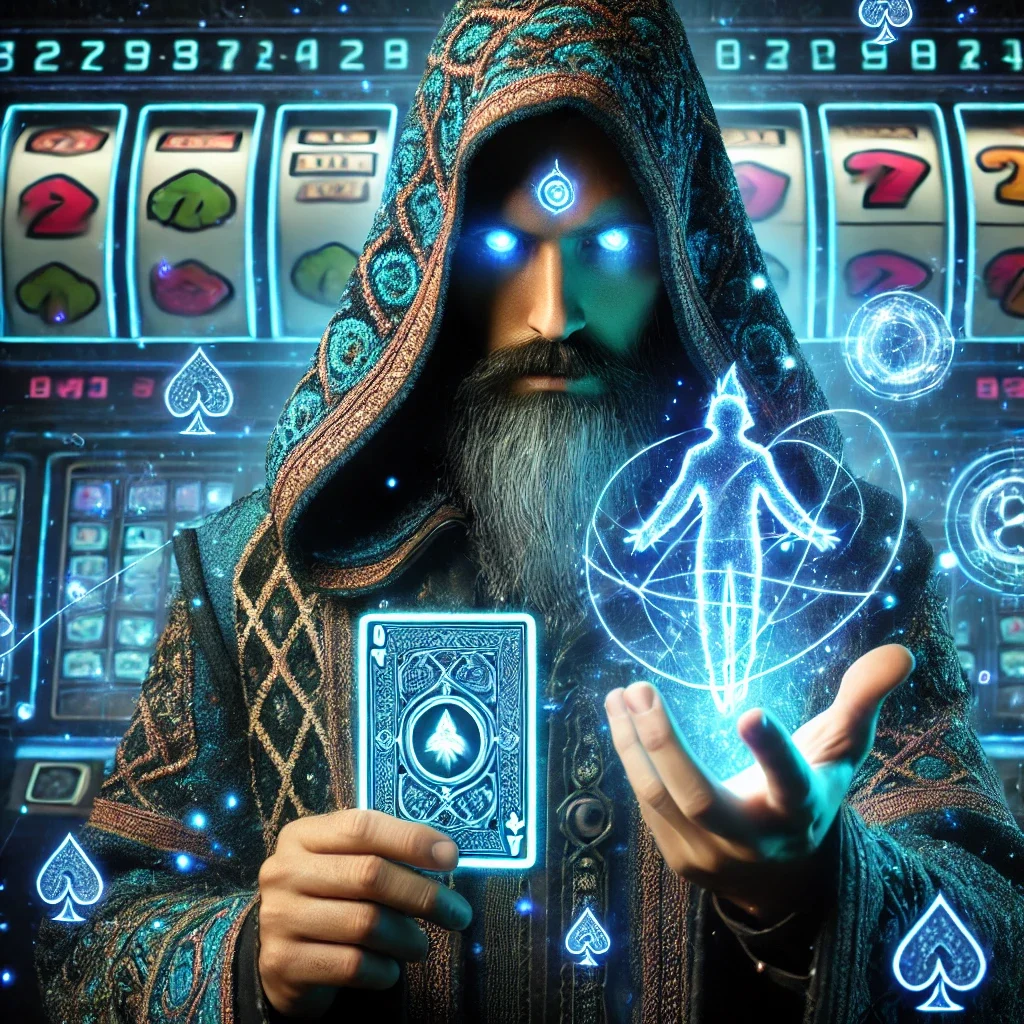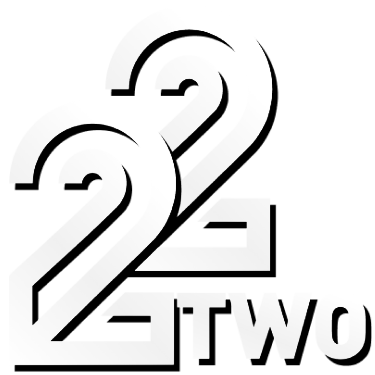### Body:
When I first stumbled upon the concept of monopolies, it wasn’t through an economics textbook, but rather through the world of online gaming—a realm where competition can often mirror the cutthroat tactics of real-world monopolistic giants. My journey began one evening in 2006, the same year a notable online gaming company, 22TWO, was established. This coincidence in timing led me to explore how monopolistic strategies could be applied in both business and gaming.
What is a Monopoly in the Real World and in Gaming?
The term ‘monopoly’ often conjures images of colossal corporations controlling an entire market, but in gaming, it translates to dominating a competitive landscape. My first real brush with this was through 22TWO’s online gaming platform. This company, founded on principles of trust and credibility, quickly positioned itself as a market leader. In a game setting, monopolistic tactics involved strategically outmaneuvering competitors to control significant resources or game areas, much like how 22TWO dominated the online gaming scene by offering diverse, engaging gaming experiences under a secure and regulated environment.
How Can Monopolistic Strategies Be Applied in Gaming?
Applying monopolistic strategies in gaming requires understanding both the game’s rules and the competitive landscape. During my initial gaming sessions on 22TWO’s platforms, I learned to focus on acquiring valuable assets early in the game, similar to how a business might secure key resources in a market. This approach often led to a significant advantage, but not without challenges. I encountered players who were equally skilled, prompting me to refine my strategies continually. This mirrored the real-world scenario where companies must innovate to maintain their monopoly.
What Challenges Do Monopolies Face?
Both in business and gaming, maintaining a monopoly is fraught with challenges. For 22TWO, staying ahead meant adhering to stringent regulations like those imposed by the PAGCOR and ensuring player protection through responsible gaming practices. In my gaming experience, the challenge was to stay competitive without resorting to unfair practices, ensuring a level playing field. The integrity of gameplay on 22TWO’s platform, supported by round-the-clock technical monitoring and high security standards, mirrored the transparency and ethical conduct expected in legitimate business monopolies.
Who Benefits from Monopolies and Who Doesn’t?
In the gaming world, players who master the art of strategy in monopolistic games often reap significant rewards, much like businesses that successfully establish a monopoly in their sector. However, this can lead to a reduced competitive edge for newcomers or smaller entities. On platforms like 22TWO, while the competitive edge is sharp, the wide variety of games ensures that there are opportunities for all players to find their niche. This balance between competition and opportunity is crucial in both business and gaming monopolies.
In conclusion, understanding monopolies through the lens of online gaming has provided me with deeper insights into strategic planning and competitive behavior, both virtually and in real life. Whether you’re a seasoned gamer or a curious observer, exploring the dynamics of monopolies on platforms like 22TWO can offer both entertainment and educational value. I encourage you to dive into the world of strategic gaming to see for yourself how these concepts play out in real-time. Who knows? You might discover your own monopoly! Feel free to share your experiences in the comments below or save this post for future reference.




